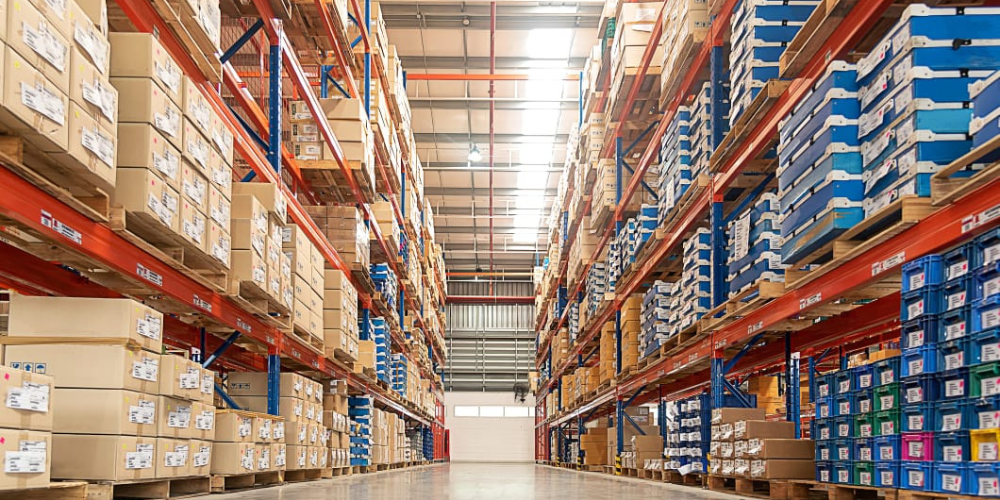The Essential Role of Management Software in Storage Facility Operations

In the rapidly evolving landscape of storage facilities, leveraging technology to streamline operations and enhance customer service is more critical than ever. Management software for storage facilities has become an indispensable tool, enabling business owners to efficiently manage their units, optimize revenue, and provide exceptional service. This comprehensive article explores the benefits, key features, and considerations of implementing management software in storage facilities, helping facility owners make informed decisions to boost their operational efficiency and profitability.
The Importance of Management Software in Storage Facilities
Storage facility management can be complex, involving tasks ranging from unit tracking and financial management to customer service and security monitoring. Management software simplifies these tasks by automating processes and providing a centralized platform to manage operations, which leads to several benefits:
- Increased Efficiency: Automation of routine tasks such as billing, lease management, and customer notifications reduces the workload on staff and minimizes human error.
- Enhanced Customer Experience: Online booking systems, automated payment processes, and easy access to account information improve the customer experience, making it more convenient for clients to use the facility.
- Optimized Revenue Management: Advanced self-storage software helps in setting dynamic pricing based on demand and occupancy rates, which maximizes profitability.
- Improved Security: Integration with security systems like CCTV and access control ensures better monitoring and enhances the security of the storage units.
- Comprehensive Reporting: Management software provides detailed reports on financial performance, unit occupancy, customer behavior, and other critical metrics that aid in strategic decision-making.
Key Features of Management Software for Storage Facilities
Choosing the right management software involves understanding the key features that can address the specific needs of a storage facility. Here are several essential features to consider:
- Unit Management: Software should offer a detailed view of unit sizes, types, and occupancy status, allowing for easy management of unit inventories and assignments.
- Online Reservation and Rental Agreements: Customers appreciate the convenience of checking unit availability, reserving units, and signing agreements online, without the need to visit the facility.
- Billing and Payment Processing: Automated billing cycles and secure online payment options, including credit card processing and automatic debits, ensure timely payments and reduce administrative burdens.
- Customer Relationship Management (CRM): Tools for managing customer interactions, support tickets, and feedback help improve service quality and customer satisfaction.
- Access Control Integration: The software should integrate seamlessly with electronic gate access systems to monitor and control entry and exit, enhancing the facility’s security.
- Mobile Compatibility: A mobile-friendly system allows both customers and facility managers to access information and perform tasks from anywhere, using smartphones or tablets.
- Climate Control Monitoring: For facilities that offer climate-controlled units, integration with monitoring systems to manage and report on the environmental conditions within the units is vital.
Implementing Management Software: Best Practices
The transition to a comprehensive management software system can be significant for storage facility operations. Here are best practices for implementation:
- Needs Assessment: Before choosing software, assess the specific needs of your facility, including size, type of storage offered, and key challenges that need addressing.
- Vendor Selection: Choose a software provider with a strong track record in the storage industry. Consider factors such as customer support, system scalability, security features, and user reviews.
- Training and Onboarding: Ensure that your staff is thoroughly trained on the new system. Proper training reduces resistance to change and helps in realizing the full benefits of the software.
- Data Migration: Migrating data from old systems to new management software should be planned carefully to prevent data loss and minimize disruptions in operations.
- Ongoing Support and Upgrades: Opt for vendors who provide continuous support and regular updates to the software, which help in keeping the system aligned with the latest technological advancements and regulatory changes.
The Future of Management Software in Storage Facilities
As technology continues to advance, the future of management software for storage facilities looks promising, with potential developments in artificial intelligence (AI), Internet of Things (IoT) integration, and more sophisticated data analytics. These advancements could lead to smarter facilities where predictive analytics aid in revenue management, AI-driven customer service bots improve interaction, and IoT devices enhance security and operational efficiency.
Conclusion
Management software is transforming the storage facility industry by streamlining operations, enhancing customer service, and increasing revenue potential. By choosing the right software, implementing it effectively, and staying updated with technological advancements, storage facility owners can significantly improve their operational efficiency and competitive edge. In the dynamic and competitive storage industry of today, embracing such technological solutions is not just an option but a necessity for business growth and sustainability.





